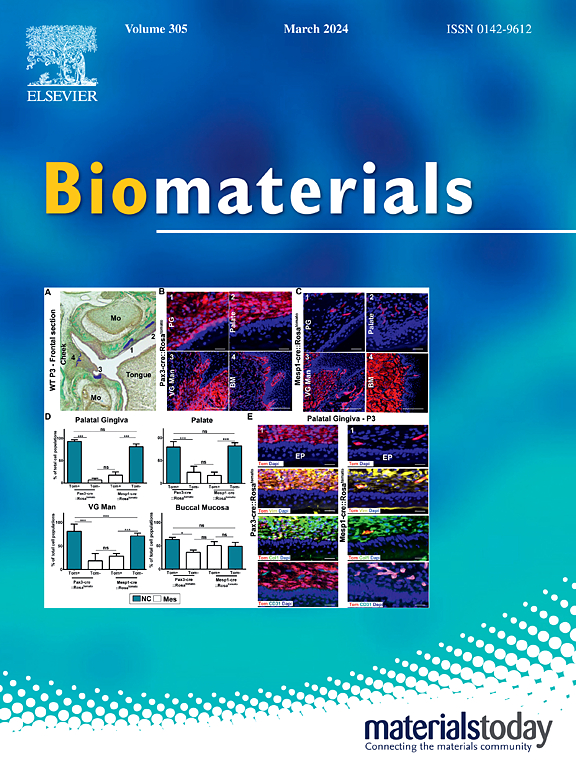Gel microspheres enhance the stemness of ADSCs by regulating cell-ECM interaction
Abstract
The gel microsphere culture system (GMCS) showed various advantages for mesenchymal stem cell (MSC) expansion and delivery, such as high specific surface area, small and regular shape, extensive adjustability, and biomimetic properties. Although various technologies and materials have been developed to promote the development of gel microspheres, the differences in the biological status of MSCs between the GMCS and the traditional Petri dish culture system (PDCS) are still unknown, hindering gel microspheres from becoming a culture system as widely used as petri dishes. In the previous study, an excellent “all-in-one” GMCS has been established for the expansion of human adipose-derived MSCs (hADSCs), which showed convenient cell culture operation. Here, we performed transcriptome and proteome sequencing on hADSCs cultured on the “all-in-one” GMCS and the PDCS. We found that hADSCs cultured in the GMCS kept in an undifferentiation status with a high stemness index, whose transcriptome profile is closer to the adipose progenitor cells (APCs) in vivo than those cultured in the PDCS. Further, the high stemness status of hADSCs in the GMCS was maintained through regulating cell-ECM interaction. For application, bilayer scaffolds were constructed by osteo- and chondro-differentiation of hADSCs cultured in the GMCS and the PDCS. The effect of osteochondral regeneration of the bilayer scaffolds in the GMCS group was better than that in the PDCS group. This study revealed the high stemness and excellent functionality of MSCs cultured in the GMCS, which promoted the application of gel microspheres in cell culture and tissue regeneration.


| 公司名称 | 产品信息 | 采购帮参考价格 |
|---|
 求助内容:
求助内容: 应助结果提醒方式:
应助结果提醒方式:


